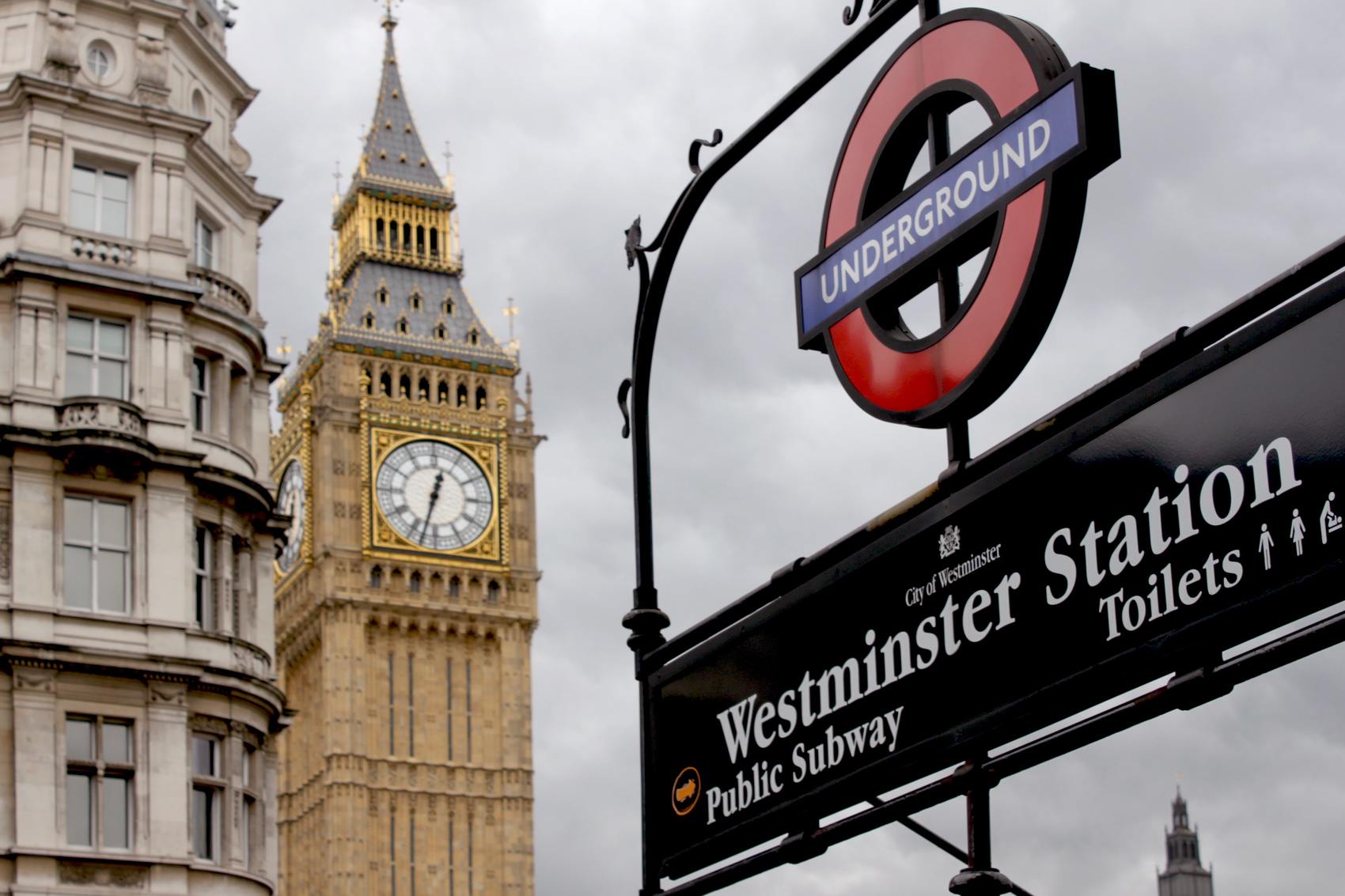Executive Summary
- The polls were right this time: In the UK elections, the Conservative Party won a solid majority of 74 seats - the party's largest since Thatcher’s election in 1987. -This will allow them to “get Brexit done” in 2020, reducing the uncertainty in the UK economy. Risks of early elections are rather low in the next three years.
- As a result of lower uncertainty and higher fiscal spending, we revised on the upside our 2020 growth forecast for the UK from +0.8% to +1.0% and we expect growth to continue to recover into 2021 (+1.6%).
- What does this mean for companies? Stronger domestic demand would be positive in a context of slowing turnover growth. However, downside pressures on prices should prevail, given the still “above normal” levels of inventories post contingency stockpiling throughout the year. We expect business insolvencies to slow down to +3% in 2020, after +6% in 2019. In 2021, a moderate fall of -2% is likely.
- What does this mean for markets? The sterling should continue to appreciate (GBP/EUR at 1.25 at end 2019) and stabilize in 2020. Domestic equity markets should benefit from the outcome. The combination of upside pressures coming both from the real and inflation Gilt components should result in a clear upside risk to the back-end of the Gilt curve. Our proprietary model currently computes the upside risk as a +10bps possible increase in 10-yr Gilt.
- However, the hardest is yet to come: the trade deal with the EU is unlikely to be completed before 2022, given the challenges of implementing the border controls in the Irish sea.
The polls were right this time: the Conservative Party won a solid majority in the UK general elections, which will allow them to “get Brexit done” in 2020. The Conservatives won 74 seats - the party's largest majority since 1987. PM Boris Johnson's party is projected to have won around 44% of the vote and 364 seats (up from 318 in the 2017 election), with Labor's performance falling from 262 seats in 2017 to 203 this time - the lowest since 1935. SNP obtained 48 seats (+13), the Liberal Democrats obtained 11 seats (-10) and DUP 8 seats (-2). The Brexit Party have 0 seats in the Parliament.
All manifestos promised future fiscal stimulus
In their manifestos, all three main parties have in common more fiscal spending, notably on education, health and families. A text analysis of the manifestos shows that the preferred words of the Conservatives are people, UK, support, country, world, work, Brexit.They have pledged to pursue a policy focused on trade (Global Britain) but also to protect national interests. They also most often mention infrastructure in their manifesto, along with the Liberal Democrats.
The Conservatives have pledged to implement a modest fiscal stimulus - largely from already announced measures, plus up to GBP20bn a year in extra investment spending. In total, this would amount to more than 1% of GDP by 2023/24. Public sector investment should rise to 3.0% of GDP by 2023/24. The additional cut in the corporate tax rate to 17% in April 2020 (from 19% currently) would be replaced with more investment for the public health system (NHS), equivalent to GBP6bn. In terms of Small and Medium Enterprises (SMEs), PM Boris Johnson announced a cut in employer national insurance contributions (NICs) for SMEs and an increase in the amount of annual research and development (R&D) tax relief. During the campaign, Johnson had also raised the prospect of a “buy British” policy and state aid for struggling UK companies.
Figure 1 – Fiscal spending plans by party and expected economic impact

